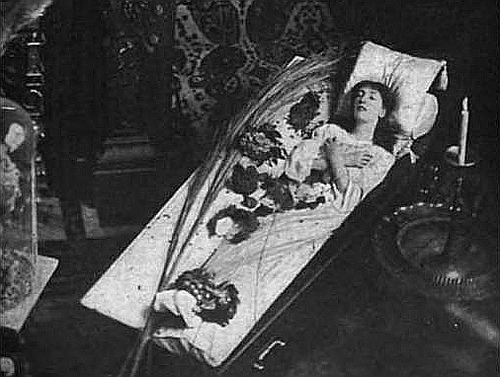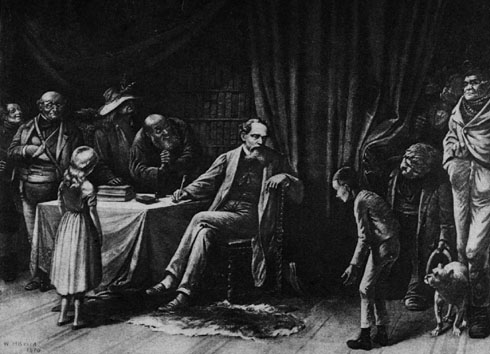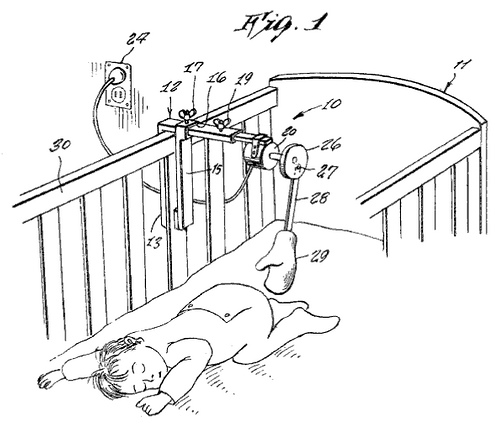
Sarah Bernhardt slept in a coffin. “I found it quite natural to sleep every night in this little bed of white satin which was to be my last couch,” she said — until her sister’s death led to a “tragic-comic incident”:
When the undertaker’s men came to the room to take away the body they found themselves confronted with two coffins, and losing his wits, the master of ceremonies sent in haste for a second hearse. I was at that moment with my mother, who had lost consciousness, and I got back just in time to prevent the black-clothed men taking away my coffin.
“The second hearse was sent back, but the papers got hold of this incident,” she adds wearily. “I was blamed, criticised, etc.”




